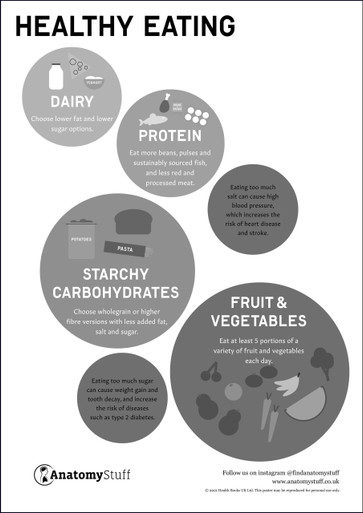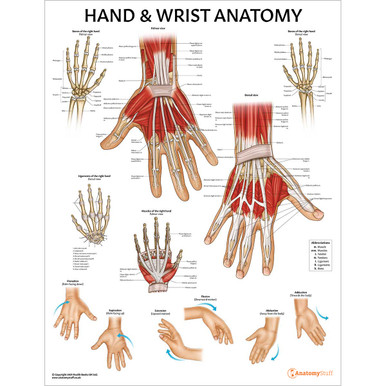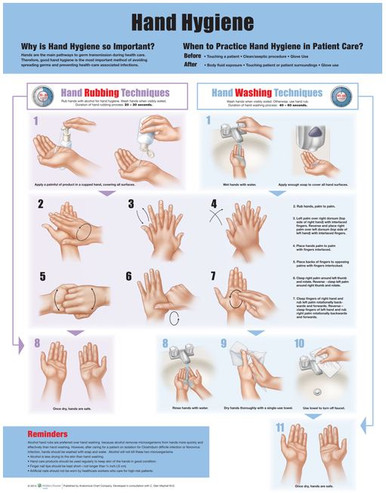Infection Control
Health protection legislation in England gives public authorities powers and duties to prevent and control risks to human health from infection or contamination, including chemicals and radiation.
The legislation adopts an ‘all hazards’ approach. In addition to the specified list of infectious diseases, there is a requirement to notify cases of other infections or contamination that could present a significant risk to human health. This ensures the infection is reported to the Local Authority, as they are Diseases Notifiable to the Local Health Authority under the Health Protection (Notification) Regulations 2010 (updated 2021), Public Health England’s (PHEs) List of Notifiable Diseases:
• Acute encephalitis
• Acute infectious hepatitis
• Acute meningitis
• Acute poliomyelitis
• Anthrax
• Botulism
• Brucellosis
• Cholera
• COVID-19
• Diphtheria
• Enteric fever (typhoid or paratyphoid fever)
• Food poisoning
• Haemolytic uraemic syndrome (HUS)
• Infectious bloody diarrhoea
• Invasive group A streptococcal disease

• Legionnaires’ Disease
• Leprosy
• Malaria
• Measles
• Meningococcal septicaemia
• Mumps
• Plague
• Rabies
• Rubella
• SARS
• Scarlet fever
• Smallpox
• Tetanus
• Tuberculosis
• Typhus
• Viral haemorrhagic fever (VHF)
• Whooping cough
• Yellow fever
Handwashing
Many infections are preventable through good hand hygiene, cleaning hands at the correct times and in the right way. Routine hand washing aims to remove dirt and most transient microorganisms (germs that can be easily removed by hand washing) found on the hands. Good hand hygiene is essential to maintaining effective infection control.
Hands should be thoroughly washed with liquid soap under running warm water, following the proper technique, and dried thoroughly. Any breaks to the skin should be covered to reduce the risk of contamination.
Hand Drying
Dry hands thoroughly. Improper drying can re-contaminate hands that have already been washed. Correct drying can further reduce the risk of microorganisms remaining on the hands after washing. Wet surfaces transfer organisms more effectively than dry ones, and inadequately dried hands are prone to skin damage. Where possible, disposable paper towels should be used to ensure that hands are dried thoroughly.
Aseptic Technique
A technique used to carry out a procedure that minimises the risk of contaminating such as a urinary catheter or a susceptible body site in a healthcare environment.
Free PDF Downloads
View AllRespiratory Hygiene and Cough Etiquette
Respiratory hygiene and cough etiquette must be applied as a standard infection prevention and control precaution at all times. The measures include:
• Use disposable single-use tissues when sneezing, coughing, wiping and blowing the nose.
• Disposing of used tissues into a waste bin immediately after use.
• Wash hands after coughing or sneezing.
• Keep contaminated hands away from the mucous membranes of the eyes and nose.
References














